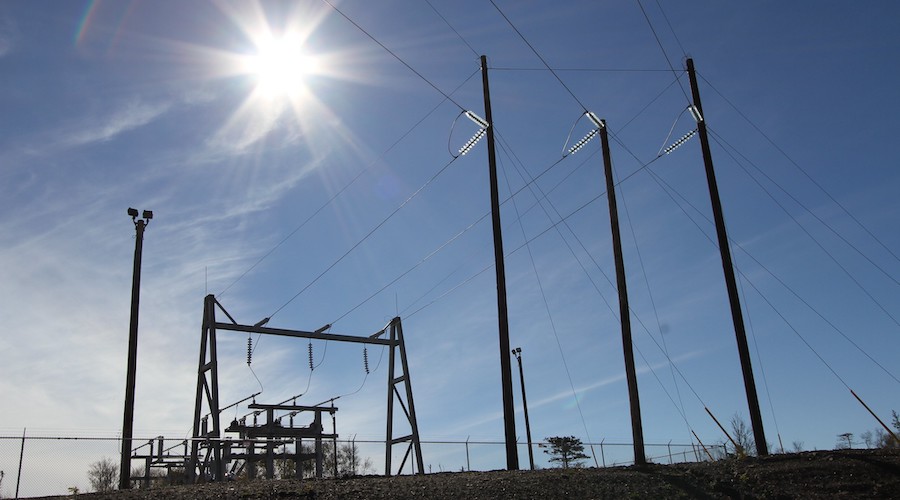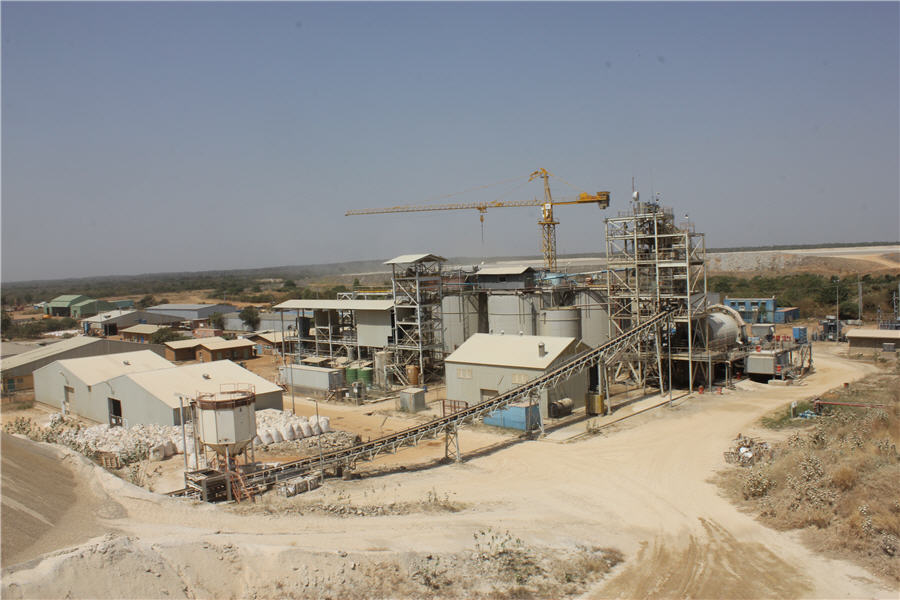US-based company plans to use microwaves to tap into deep thermal energy sources

A US-based company is developing technology to blast rock with microwaves to potentially drill the deepest holes on earth. The end goal is to access sources of deep thermal energy.
According to Matt Houde, co-founder and project manager at Quaise Energy, the heat miles beneath our feet could provide more than enough clean, renewable energy to meet the global demand as the world transition away from fossil fuels.
“The total energy content of the heat stored underground exceeds our annual energy demand as a planet by a factor of a billion. So tapping into a fraction of that is more than enough to meet our energy needs for the foreseeable future,” Houde said at the inaugural TEDx Boston Planetary Stewardship Event.
The executive pointed out that at present, it is impossible to drill deep enough to unlock that energy.
“If we can get to ten miles down, we can start to find economic temperatures everywhere. And if we go even deeper, we can get to temperatures where water [pumped to the site] becomes supercritical, a steam-like phase that will allow a step change improvement in the power production per well and so cheapen the cost of energy,” he said.
So far, however, the deepest hole that’s been drilled, the Kola borehole near the Russian border with Norway, went 7.6 miles down. It took 20 years to complete because conventional equipment like mechanical drill bits can’t withstand the conditions at those depths. They break down.
“And the truth is we’ll need hundreds if not thousands of Kola boreholes if we want to scale geothermal to the capacity that’s needed,” Houde said. “Quaise is working to replace conventional drill bits with millimeter wave energy. Those millimeter waves literally melt then vaporize the rock to create ever-deeper holes.”
Not so new
He noted that the general technique was developed at MIT over the last 15 years. Scientists demonstrated that millimeter waves could indeed drill a hole in basalt. Further, the gyrotron machine that produces the millimeter wave energy is not new. It’s been used for some 70 years in research toward nuclear fusion as an energy source.
Houde said that the Quaise technique also takes advantage of the conventional drilling technologies developed by the oil and gas industry. The company plans to use these to drill down through surface layers, which is what they were optimized for, to basement rock. Meanwhile, millimeter waves will be used for the hard, hot, crystalline rock deep down that conventional drilling struggles with.
In the lab at MIT, engineers demonstrated the technology by drilling a hole in basalt with a 1:1 aspect ratio – two inches deep by two inches in diameter. Quaise has extended the MIT results by scaling up the power density of the microwave beam as well as the depth of the hole by a factor of ten to achieve a 10:1 aspect ratio. In parallel, the company is building the first field-deployable prototype millimeter-wave drilling rigs.
“Our current plan is to drill the first holes in the field in the next few years,” Houde said. “And while we continue to advance the technology to drill deeper, we will also explore our first commercial geothermal projects in shallower settings.”
Challenges
Quaise’s co-founder also mentioned that some challenges remain to make the technology fully operational. These include fundamental science, such as a better understanding of rock properties at great depths.
Also, the company believes that it is important to see progress in the supply chain for gyrotrons and the waveguides that carry their energy downhole. Currently, this equipment is optimized for specialized one-off projects in fusion research.
There are also engineering challenges that must be addressed. “Chief among them, how do we ensure full removal of the ash [created by the process and transport that ash up the borehole over long distances?”, Houde said.
More News
{{ commodity.name }}
{{ post.title }}
{{ post.date }}



Comments